The Middle East is once again facing the risk of a large-scale conflict. Early on June 22 (local time), the Pentagon confirmed that it had conducted an airstrike campaign called "Operation Midnight Hammer" targeting Iran's key nuclear facilities.
The military move, described as “the largest in decades,” has not only pushed already frosty US-Iran relations to a record low, but has also instantly ignited a fire of uncertainty in global energy and shipping markets. The Strait of Hormuz, the lifeline of nearly a fifth of the world’s oil, is now the focus of all attention and concern.
The "Night Hammer" thunderbolt and Tehran's uncertain response
US Defense Secretary Pete Hegseth declared Operation Midnight Hammer a "resounding and overwhelming success" at an emergency press conference.
The airstrikes reportedly targeted Iran’s three main nuclear facilities at Fordow, Natanz and Isfahan. Initial commercial satellite imagery suggests the underground nuclear facility at Fordow and its uranium enrichment centrifuge systems may have been severely damaged, possibly to the point of being irreparable.
However, international experts remain cautious, noting that there has been no independent confirmation of the true extent of the damage. The International Atomic Energy Agency (IAEA) has also confirmed that the three facilities were attacked but said it could not immediately assess the extent of the damage at Fordow.
The response from Tehran was swift, but dangerously unpredictable. The commander of Iran's Islamic Revolutionary Guard Corps (IRGC) and member of parliament , Sardar Esmail Kowsari, bluntly told domestic media that "closing the Strait of Hormuz is under consideration" and "Iran will make the most decisive and reasonable decision."
This announcement is like a "time bomb" placed in the middle of the strategic sea route, because Hormuz is not only the oil export gateway of Iran but also of many other Gulf countries such as Saudi Arabia, UAE, Kuwait, Iraq and Qatar. Closing this strait, even for a short time, is enough to cause a serious supply shock to the global oil market.
US Secretary of State Marco Rubio has warned that Iran's closure of the Strait of Hormuz would be " economic suicide" for Tehran. He has also called on China, Iran's top trading partner and most important oil customer, to pressure it to stop any disruption to the waterway. However, given the current tensions, it is unclear whether such calls will have enough weight.
Tehran considers closing the strategic "throat" of Hormuz after the US airstrike on Iran (Illustration: Reuters).
Hormuz "stormy": Two super ships turn around, freight rates skyrocket
Fears of an unstable Hormuz quickly became reality.
According to ship tracking data from Bloomberg, two very large crude carriers (VLCCs), Coswisdom Lake and South Loyalty, each capable of carrying about 2 million barrels of crude, suddenly turned around while entering the Strait of Hormuz on Sunday (June 22). Both were ballasted and after changing course moved south, away from the entrance to the Persian Gulf.
This is seen as the first clear sign that oil shipments may be starting to reroute after the US airstrikes. Experts say some vessels may choose to anchor outside the strait if they expect long waits at loading ports due to the tense situation.
Notably, interference with electronic signals and GPS systems in the Persian Gulf has increased since the alleged Israeli airstrike on Iranian targets on June 13. The Royal Navy also confirmed that it had detected "electronic interference" in the Strait of Hormuz on Sunday. However, maritime experts said that the movement and turning behavior of the two supertankers Coswisdom Lake and South Loyalty still had the characteristics of normal oil transport operations and were not entirely due to technical problems.
Faced with complicated developments, the Greek Ministry of Transport and Maritime Affairs quickly issued a warning, suggesting that Greek-flagged ships should re-evaluate their plans to travel through Hormuz and temporarily seek safe anchorage until the situation stabilizes.
The reaction in the shipping market was immediate and fierce. Freight rates for oil tankers on routes from the Middle East skyrocketed. In less than a week, from before Israel’s airstrike on Iran (June 12) to June 17, the rate for chartering a supertanker from the Middle East to East Asia increased by nearly 60%.
Specifically, the benchmark rate for a VLCC carrying 2 million barrels of crude oil from the Middle East to China jumped from about 44 Worldscale points to 70-71 Worldscale points. Converted to the cost of chartering the ship per day, this figure reached nearly $46,000 on June 17, a short-term increase of more than $12,000/day, the largest increase since February 2024, according to data from Baltic Exchange.
The Freight Forward Agreements (FFAs) market also surged overnight on June 22, reflecting investors’ expectations of upcoming supply disruptions. Exporters are trying to book vessels but are getting few offers from shipowners, who are wary of the risk. Indeed, even before the weekend US attacks, benchmark tanker revenues were up nearly 90%.
Concerned about an unstable Hormuz, two supertankers, each capable of carrying about 2 million barrels of crude oil, suddenly turned around while entering the Strait of Hormuz last Sunday (Photo: Reuters).
Oil prices soar, stocks tumble: "Ghost" of energy crisis lurking
Not only the transportation market, crude oil prices - the most sensitive commodity to geopolitical fluctuations in the Middle East - also immediately "took a turn".
As soon as the market opened on Sunday evening (US time), Brent crude (the global benchmark) and WTI (the US benchmark) both rose about 4%. Although the gains have since cooled off a bit, this is a clear sign of deep market concerns about the possibility of disruptions to global oil supplies. Oil prices had also risen about 3% this week following the back-and-forth attacks between Israel and Iran.
Andy Lipow, president of Lipow Oil Associates, a consulting firm, made some notable comments in a report to clients: "If oil exports through the Strait of Hormuz are affected, we could see oil prices reach $100 a barrel or gasoline prices in the US increase by $0.75 a gallon." In the worst-case scenario, if oil prices spike to $120 a barrel, gasoline prices in the US could increase by $1.25 a gallon.
Mr. Lipow also emphasized that even if Iran does not officially close the strait, the proactive reduction of shipping companies in this area would be equivalent to a "de facto supply disruption."
The negative wave did not stop at the energy market. The US stock market also reacted negatively to the risk of a wider conflict. S&P 500 futures fell about 0.6%, Dow Jones futures lost about 250 points (or 0.6%) and Nasdaq 100 futures fell 0.7% in the first trading hours after the event. Although the declines later narrowed, it showed the uncertainty of investors.
Analysts at JPMorgan said that many investors had expressed concerns last week that the conflict between Iran and Israel would spread, and those concerns have now become a reality. What is more worrying, according to JPMorgan, is that "there is no clear path to a political solution to this military conflict, which makes us think that the crisis, like in Gaza, could last much longer than investors expect."
Geopolitical turmoil in the Middle East caused crude oil prices to immediately "go vertical" (Illustration: Tovima.com).
In the current context, all eyes are on Iran's next response.
Whether Tehran will actually close the Strait of Hormuz remains a big question, as such a move would be a double-edged sword, severely damaging Iran’s already struggling economy. However, pressure from hardliners at home and the need to “show strength” after the US airstrike could push Iran into unpredictable actions.
EuroNews also cited sources warning that if tensions continue to escalate, Iran could use short- and medium-range missiles to attack oil rigs, pipelines in the Strait of Hormuz or commercial ships. Surface-to-surface missiles could target tankers or coastal facilities, while drones and small-scale airstrikes could destroy radar and navigation systems at major oil ports in the region.
The world is facing a very difficult test. A wrong move by either side could plunge the Middle East and the global economy into a new and deeper crisis.
The oil and shipping markets are expected to continue to be volatile in the coming days, as instability and uncertainty remain the dominant theme. The "oil drop" from the Strait of Hormuz is at risk of "overflowing the cup", leading to unpredictable consequences for energy security and the fragile economic recovery of the world.
This crisis, as experts say, is likely to be protracted, requiring vigilance and relentless diplomatic efforts from the international community.
Source: https://dantri.com.vn/kinh-doanh/hormuz-cang-nhu-day-dan-the-gioi-nin-tho-cho-giot-dau-tran-ly-20250623133359068.htm


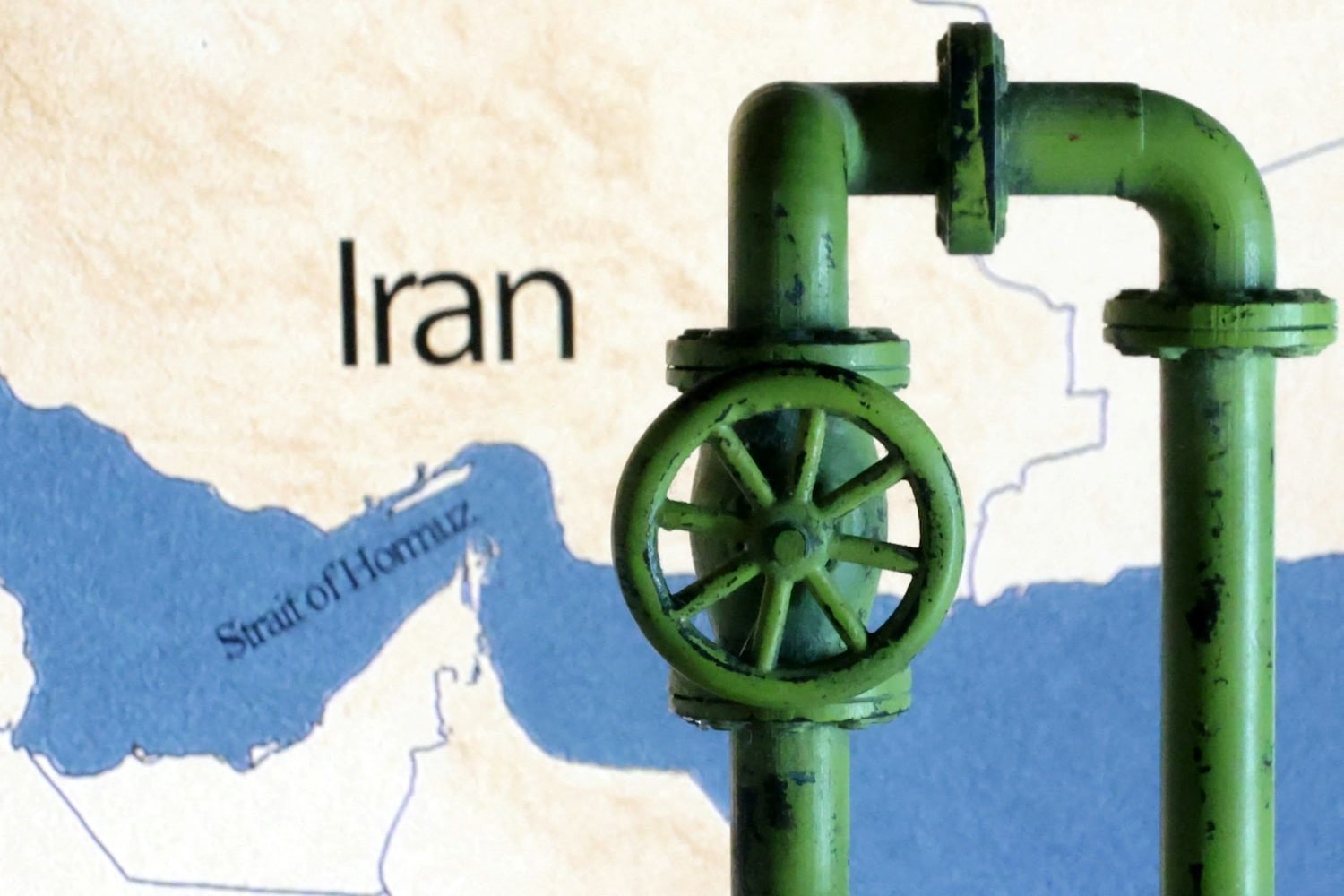
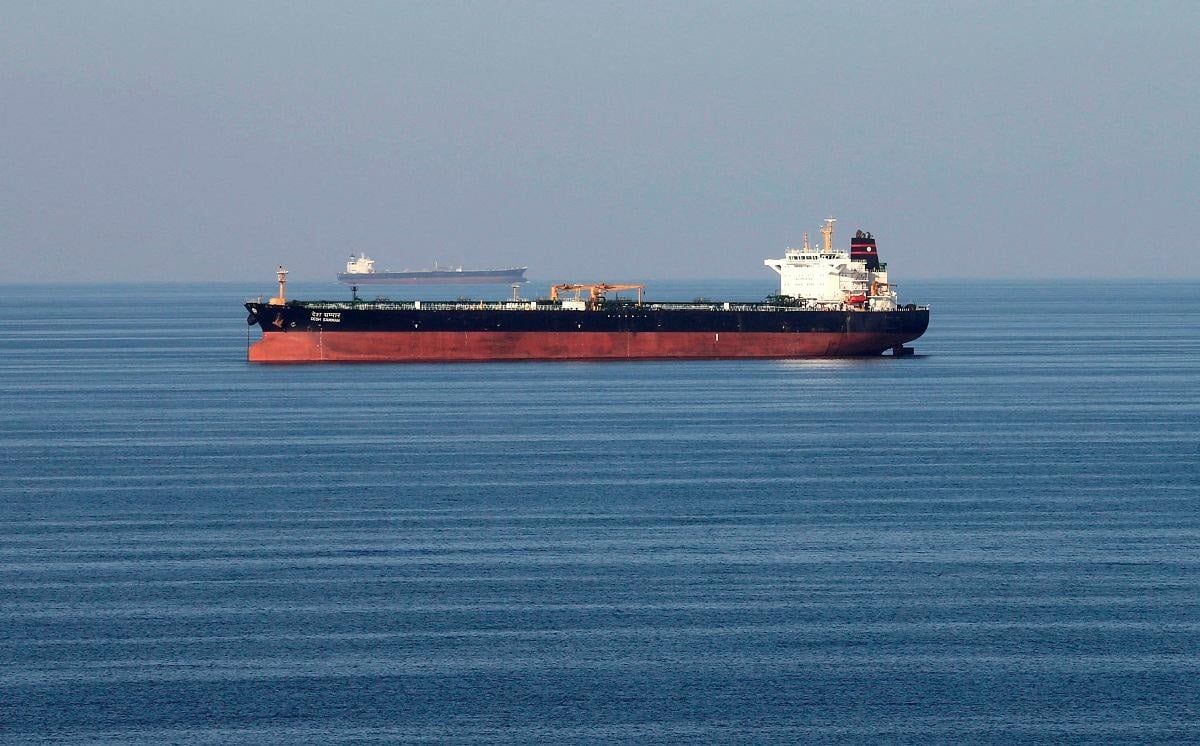
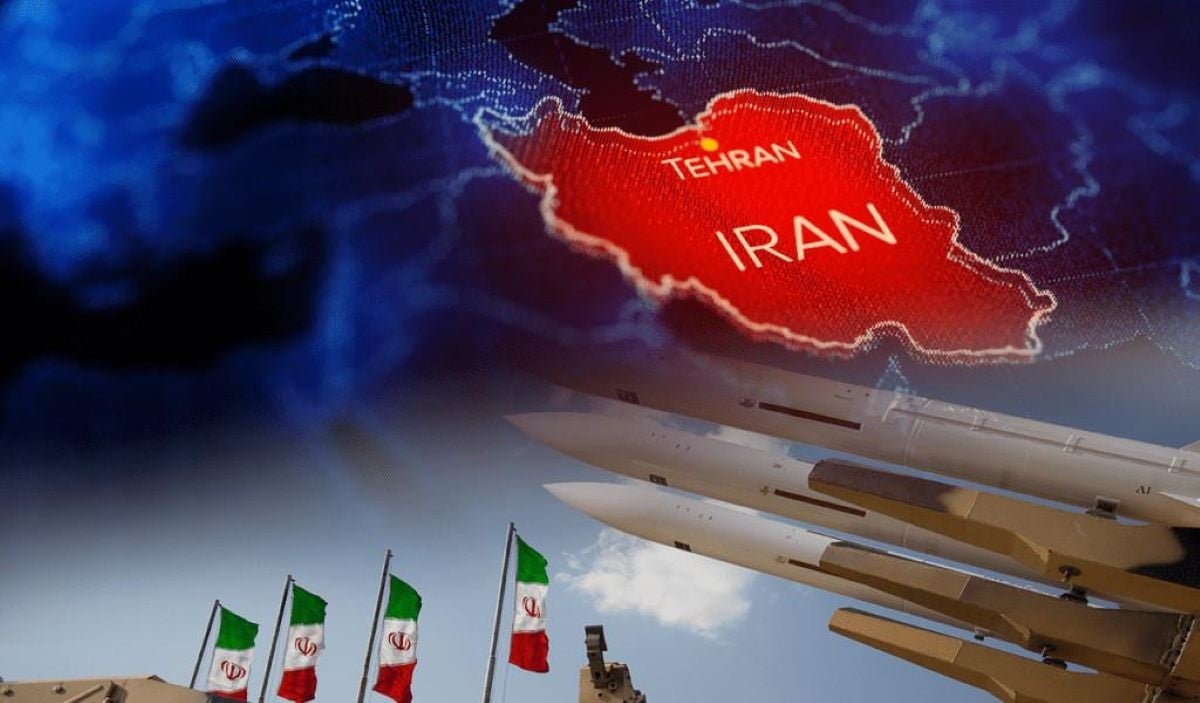



![[Photo] Binh Trieu 1 Bridge has been completed, raised by 1.1m, and will open to traffic at the end of November.](https://vphoto.vietnam.vn/thumb/1200x675/vietnam/resource/IMAGE/2025/10/2/a6549e2a3b5848a1ba76a1ded6141fae)









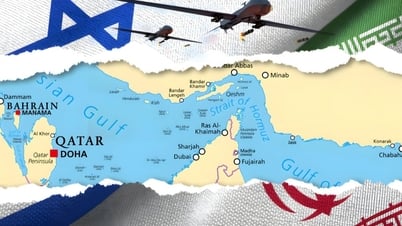

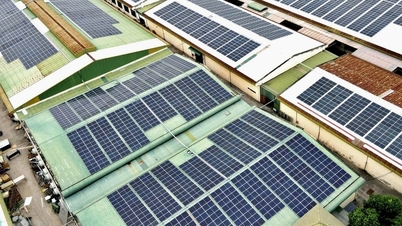












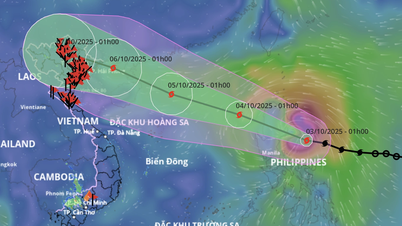



















































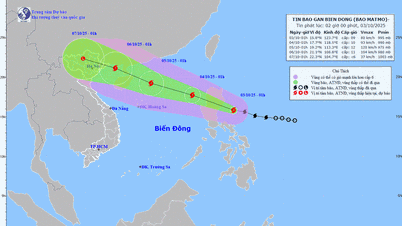


















Comment (0)